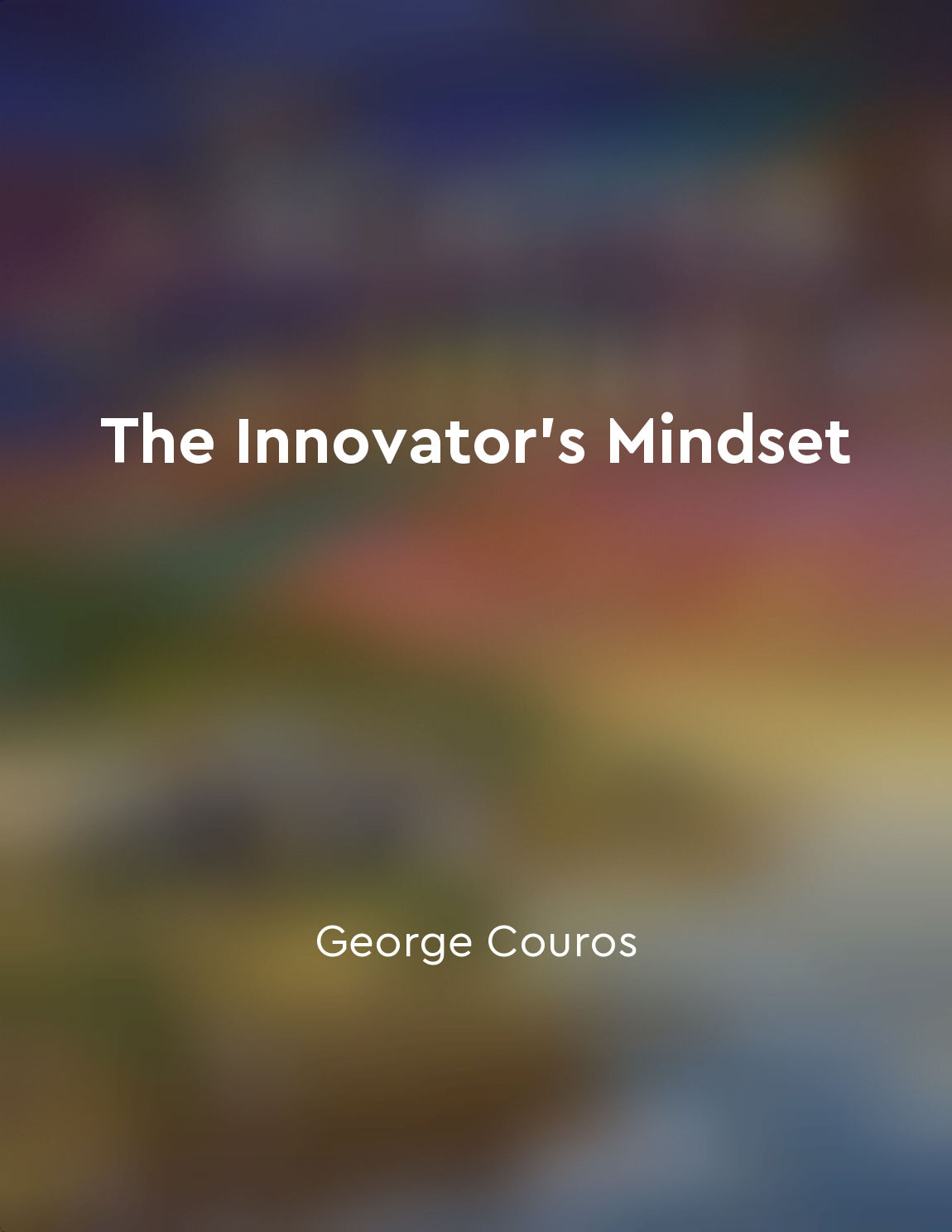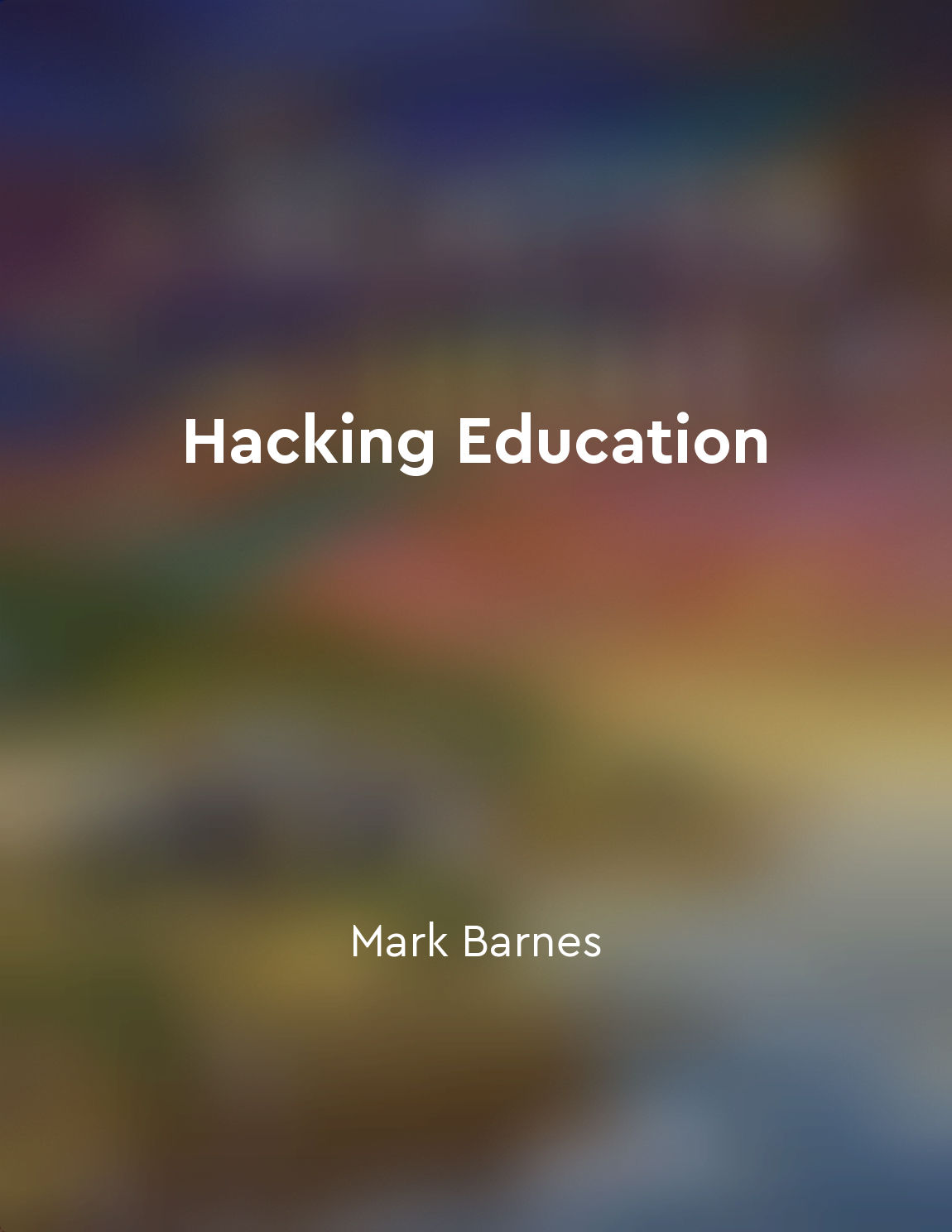Implement personalized learning pathways from "summary" of Hacking Education by Mark Barnes,Jennifer Gonzalez
Personalized learning pathways are essentially individualized roadmaps that help students navigate their educational journey. These pathways are tailored to each student's unique strengths, weaknesses, interests, and learning styles. Instead of following a one-size-fits-all approach, personalized learning pathways allow students to progress at their own pace and focus on areas where they need the most support. By implementing personalized learning pathways, educators can create a more student-centered learning environment. This approach shifts the focus from teaching to learning, empowering students to take ownership of their education. Students are no longer passive recipients of information but active participants in their own learning process. One of the key benefits of personalized learning pathways is that they allow students to work at their own pace. Some students may need more time to master a concept, while others may grasp it quickly. With personalized learning pathways, students can progress based on their individual needs and abilities, rather than being held back or rushed ahead. Additionally, personalized learning pathways help students set meaningful goals and track their progress towards achieving them. By breaking down larger learning objectives into smaller, manageable tasks, students can see their growth and development over time. This not only boosts motivation and engagement but also fosters a sense of accomplishment and pride in their achievements. Furthermore, personalized learning pathways promote differentiation in the classroom. Educators can tailor instruction to meet the diverse needs of their students, providing targeted support and enrichment activities as needed. This ensures that every student receives the individualized attention and resources they require to succeed.- Personalized learning pathways offer a more flexible and adaptive approach to education. By recognizing and accommodating the unique needs of each student, educators can create a more inclusive and effective learning environment. This approach not only enhances student learning outcomes but also fosters a deeper sense of engagement, motivation, and self-efficacy.
Similar Posts
Acknowledging the significance of metacognition
Metacognition is a powerful concept that is often overlooked in the realm of learning. It involves thinking about our own think...
Plan for smooth transitions
The concept of planning for smooth transitions is essential in maintaining a structured and engaging learning environment. When...
Collaborate with colleagues to improve instruction
In order to continuously improve as educators, it is essential to work together with our colleagues. By collaborating with one ...
Children learn at their own pace
The idea that children learn at their own pace is a fundamental principle of education. It recognizes that each child is unique...
We are natural explorers
Humans are natural explorers. Our brains have evolved to constantly seek out new information and experiences. This drive for ex...
Engages students effectively
The concept of engaging students effectively is pivotal in the realm of education. It involves employing strategies that captur...
Education should promote lifelong learning and growth
The essence of education lies in its ability to instill in individuals the desire and capability to continue learning throughou...
Building on strengths can boost confidence
One of the most effective ways to help individuals with weak executive skills is to focus on their strengths rather than their ...
Emotional intelligence is just as important as cognitive intelligence
In the realm of education, there has been a tendency to prioritize cognitive intelligence above all else. However, the concept ...

Take risks to inspire progress
Taking risks is a fundamental aspect of inspiring progress. Without taking risks, we remain stagnant, unable to move forward or...


